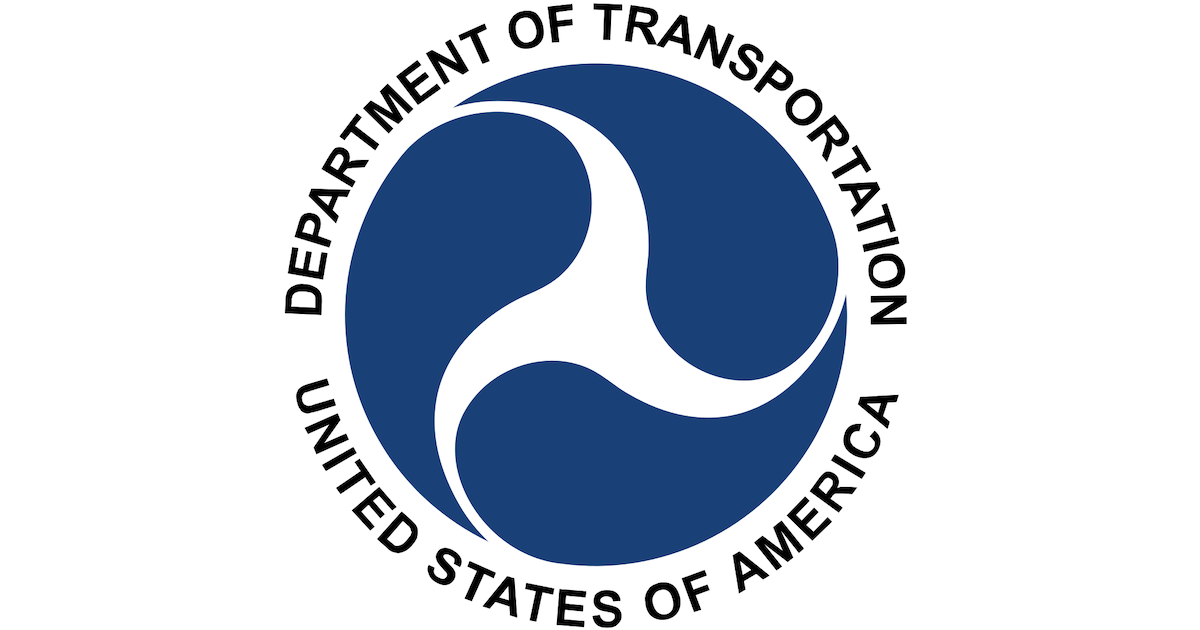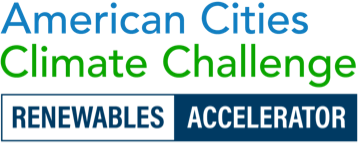Port Infrastructure Development Program (PIDP)
Federal Agency

Sub-Department
Maritime Administration
Purpose
To improve facilities within, or outside of and directly related to operations of or an intermodal connection to, coastal seaports, inland river ports, and Great Lakes ports.
Applicant and/or Project Eligibility Requirements
Eligible applicants include a port authority, a commission or its subdivision or agent under existing authority, a State or political subdivision of a State or local government, a Tribal government, a public agency or publicly-chartered authority established by one or more States, a special purpose district with a transportation function, a multistate or multijurisdictional group of entities, or a lead entity described above jointly with a private entity or group of private entities.
Decarbonization Considerations
PIDP grants can improve port infrastructure, including intermodal connections, or reduce or eliminate pollutants and greenhouse gas emission. This program focuses on infrastructure enhancements that directly impact port operations. Consider projects that support freight and port vehicle fleet electrification, port resiliency with battery storage, and major efficiency retrofits to reduce the energy intensity of port operations. DOT seeks to fund projects that reduce emissions in the transportation sector, enable the deployment of clean energy including offshore wind, incorporate evidence-based climate resilience measures and features, reduce the lifecycle greenhouse gas emissions from the project materials, and avoid adverse environmental impacts, to air or water quality, wetlands, and endangered species, and address the disproportionate negative environmental impacts of transportation on disadvantaged communities.
Equity Considerations
PIDP program priorities have been updated to include a focus on improving racial equity and access to opportunity, mitigating or reducing the effects of climate change in addition to the goals of improving the safety, efficiency and reliability of the movement of goods. Consider clean energy and transportation upgrades that would reduce localized emissions and impact to neighboring communities.
Helpful Tips
The FY 2024 NOFO includes updated selection considerations pertaining to: Climate Change and Sustainability; Equity and Justice40; and Workforce Development, Job Quality, and Wealth Creation. Applicants who are planning to re-apply using materials prepared for prior competitions should ensure that their FY 2024 PIDP application fully addresses the statutory merit criteria and selection considerations in the FY 2024 NOFO and that all relevant information is up to date. No more than 25% of the available funds can be awarded for projects in any one State. 25% of the available funds is reserved for small projects at small ports. No more than 10% of the funds not reserved for small projects at small ports may be aawarded for development phase activities for large projects that do not result in construction
Other Notes
In FY2023, the Bipartisan Infrastructure Law (BIL) appropriated $450 million to the PIDP. An additional $212,203,512 was made available to the program under the FY2023 Consolidated Appropriations Act, resulting in a total of $662,203,512 in FY 2023 PIDP grant funding. Check the list of previous grant awardees here: https://maritime.dot.gov/PIDPgrants
